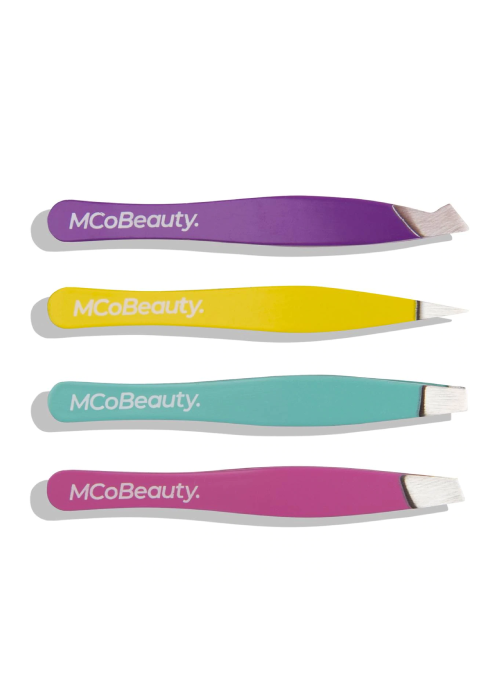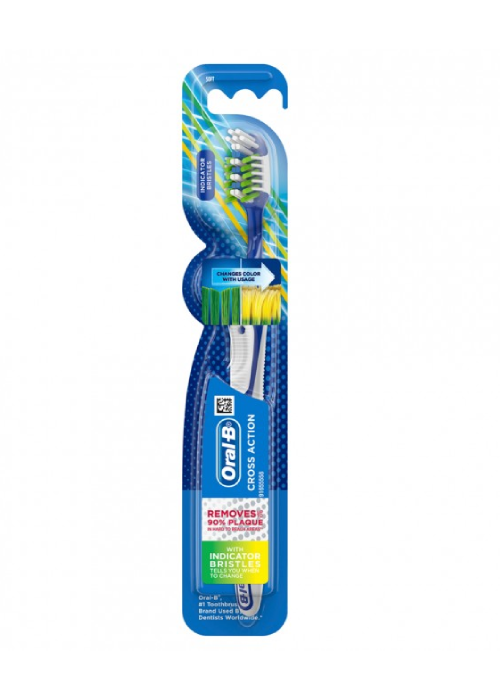Yes, you should absolutely be cleansing your hairbrush
By Delaney Loane
Digital Beauty Editor / May 27 2022

And here's how to do it properly
By Delaney Loane
Digital Beauty Editor / May 27 2022
Let's talk about brush maintenance for a minute, shall we? We all know to replace our toothbrushes every few months and that a full weekly wash and dry is a must for our makeup brushes, and yet when it comes to another important brush (our beloved hair kind), we often let hygiene fall by the wayside. And how on earth are our brushes supposed to eliminate tangles and smooth strands to the best of their abilities if we don't set them up for success?!
It's actually super important to make sure you're working with a clean hairbrush. With every swipe, your brush is acting like a sponge, picking up all the product, buildup and oil within your hair (as well as environmental elements like dust and grime).
And if the sole 'ick' factor of that isn't enough to get you to read on, think about it this way: every time you take to your tresses with said brush, you're loading all of the bacteria right back onto them. Basically, you're either undoing your dry shampoo-aided handiwork by building oils right back up post-spritz, or even taking newly clean hair straight to dirty territory before a day has even passed.
So if you're appropriately horrified by this newsflash, allow us to help; here's our guide to washing your hairbrush quickly, easily and effectively...
1
Remove hair
If you're anything like us, your hairbrush tends to look like it's wearing a wig (because it's absolutely covered in hair). Well, that's what you'll want to sort first. You can't clean bristles you can't access, right? Use a pair of tweezers (or the end of a comb or pen if you're in a pinch) to fish out the hair caught on your brush. We recommend calling upon a multi-pack of tweezers with a few different angles and sizes like the MCo Beauty Perfect Tweezers 4-Pack ($10.50 at Woolworths); they'll make the process a whole lot easier. Keep a pair of scissors nearby as well to trim away any tangled pieces refusing to budge.

2
Submerge, shake & scrub
Next up? The actual washing part. Once the hair has been removed, you'll want to fill a bowl, tub or sink with warm water. Add a few drops of shampoo and stir it in until you've got a sudsy mix. FYI, you can add 1-2 tablespoons of baking soda if you're dealing with a particularly dirty brush. Post-mix, it's time to dip. However, the way in which you submerge your brush depends on the material it's made of. For example, a plastic brush can be submerged entirely and left for 3-5 minutes, whereas with a wooden brush you'll want to ensure only the bristles themselves are dipped in. Once you've soaked for a few minutes, give the brush a shake to help loosen the oils, dead skin cells (gross, we know) and build-up covering it, then repeat the submerge and shake process as necessary. Another tip? Grab a spare toothbrush, dip it into your soapy mixture and then use it to scrub the base and bristles clean. One designed to get to hard to reach areas like the Oral-B Cross Action Anti-Bacterial Toothbrush ($5.99 at Priceline) will work a treat.

3
Rinse & dry
Got your brush feeling fresh? Great. Rinse away any remaining soapy residue under a cool stream of water (for plastic) or sprinkle a little cool water directly onto the bristles (for brushes with wooden bases) and wipe it away with a damp washcloth. Then simply leave the brush to dry, lying face down on a towel, and give yourself a pat on the back for a brush well cleaned.
Main image credit: @scottkinghair
After more advice? Here's how to remove waterproof mascara...






